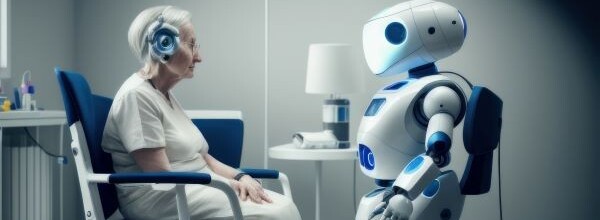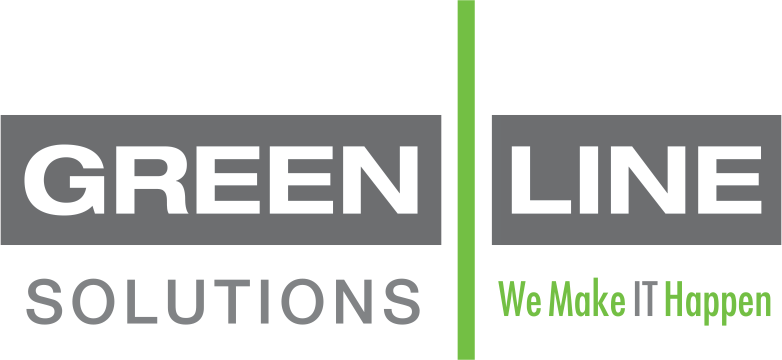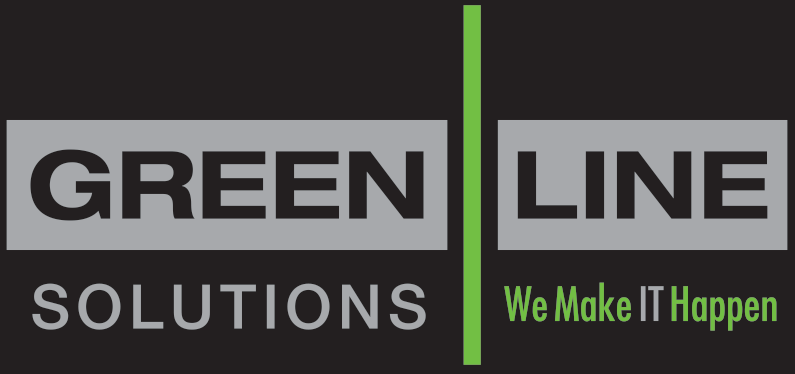
AI in Elder Care
With a larger and larger portion of the population living past 80 or even 90, the need for elder care is only going to grow. It’s projected that by the year 2050 the number of people aged 80 years and older will quadruple. The available workforce is not scaling at the same rate, however, meaning that we need new solutions to combat this scarcity in care. The main projection for filling this need is the increasing utility of AI in elder care. Although the technology is still in its infancy, there are already many applications beginning to fill this niche.
Some of these jobs will be done on devices we already have, like smartphones or Alexa smart home systems. Others will require new electronics all together, or pair with existing infrastructures to create a fuller picture of the user’s life and habits. For example, smartphones can already give medication reminders, monitor sleep cycles, and track daily exercise. When paired with wearable tech such as an apple watch, the functionality expands to monitor heart rate and blood oxygen levels, while also providing a Personal Emergency Response System (PERS) — the ability to call for help if a person is injured or has fallen. The downside to wearable tech is that it does require the user put on the device and has it on when they need to use it. It also means that the device could get lost, stolen or damaged.
To address some of these concerns, developers have proposed Wireless Sensor Networks (WSN). Essentially these are battery-powered wireless sensors that take in environmental data, like temperature and light intensity, as well as monitor and analyze motion. WSN differ from traditional home surveillance systems due to their ability to gather and analyze data pertaining to schedules, risk behavior, or motion (such as worsening Parkinson’s, or alerting help if a person has fallen to the ground and isn’t getting up).
In its early days, at least, WSN would likely not be able to monitor multiple people in one home, somewhat limiting its usefulness. Unlike a PERS, which requires the wearer to have the device on them, be conscious after the accident, or be willing to ask for help, an automated system would take on these actions. The downside, when compared to PERS, is that the WSN is limited to in-home use and requires a subscription fee in addition to the cost of the devices.
The main obstacle on the consumer end will likely be the user interface. Teaching seniors how to operate AI devices may cause initial hiccups, as well as anytime the system changes or is updated. In addition to the relative technophobia of geriatrics, the situation is further complicated by the fact that many seniors face declining cognitive abilities and increased forgetfulness due to their age or age-related illnesses.
Lorem ipsum dolor sit amet, consectetuer adipiscing elit, sed diam nonummy nibh euismod tincidunt ut laoreet dolore magna aliquam erat volutpat.
Lorem ipsum dolor sit amet, consectetuer adipiscing elit, sed diam nonummy nibh euismod tincidunt ut laoreet dolore magna aliquam erat volutpat. Ut wisi enim ad minim veniam, quis nostrud exerci tation ullamcorper suscipit lobortis nisl ut aliquip ex ea commodo consequat. Duis autem vel eum iriure dolor in hendrerit in vulputate velit esse molestie consequat, vel illum dolore eu feugiat nulla facilisis at vero eros et accumsan et iusto odio dignissim qui blandit praesent luptatum zzril delenit augue duis dolore te feugait nulla facilisi. Nam liber tempor cum soluta nobis eleifend option congue nihil imperdiet doming id quod mazim placerat facer possim assum. Typi non habent claritatem insitam; est usus legentis in iis qui facit eorum claritatem. Investigationes demonstraverunt lectores legere me lius quod ii legunt saepius. Claritas est etiam processus dynamicus, qui sequitur mutationem consuetudium lectorum. Mirum est notare quam littera


